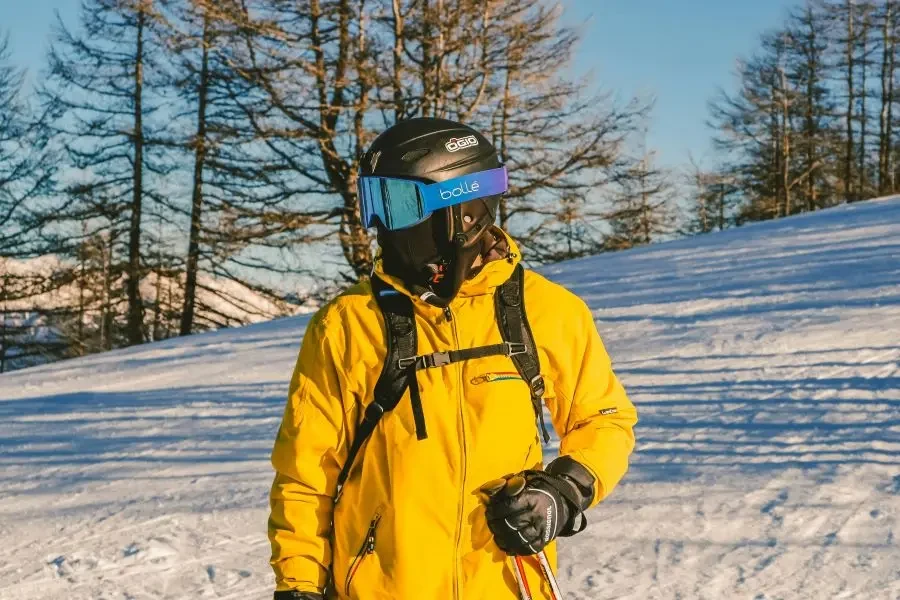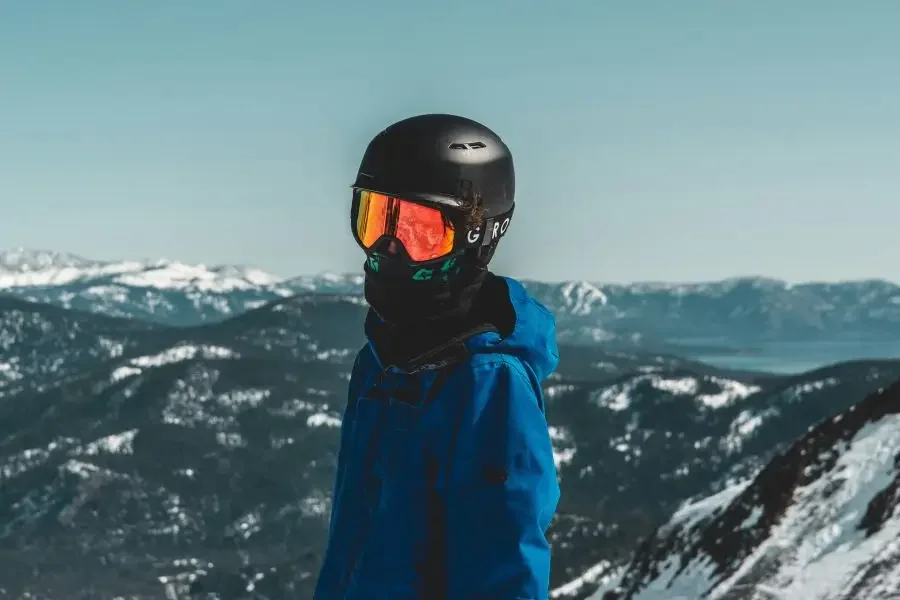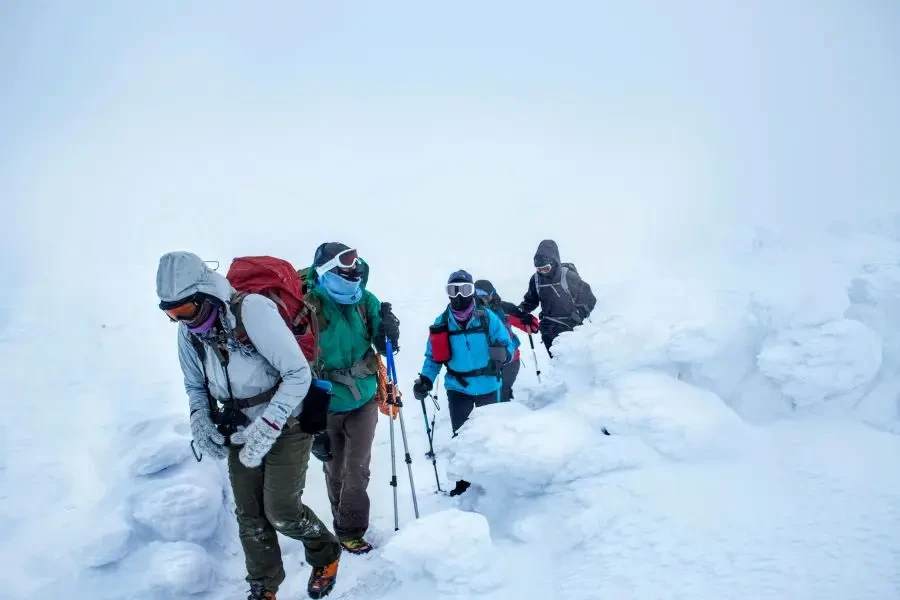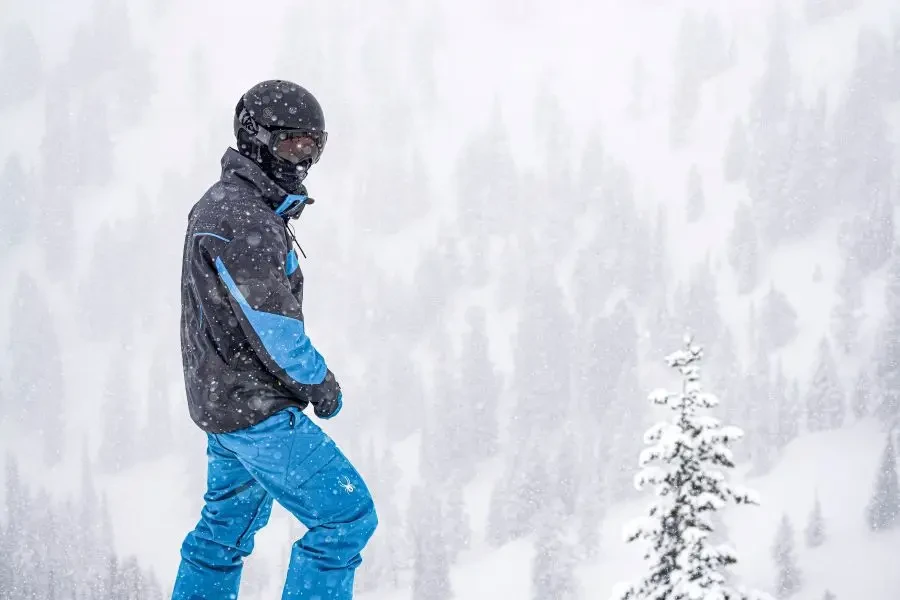Ski coats are an essential part of winter sports gear, providing warmth, protection, and style on the slopes. As the ski coat market evolves, understanding current trends, key players, and consumer preferences is crucial for businesses and enthusiasts alike.
Table of Contents:
Market Overview
Innovative Materials and Textures in Ski Coats
Design and Functionality: What Buyers Need to Know
Weather Resistance and Durability
Market Overview

Current Market Trends in Ski Coats
The ski coat market is experiencing significant growth, driven by advancements in technology and changing consumer preferences. According to Statista, the global revenue in the coats and jackets market is projected to reach $14.47 billion in 2024, with an annual growth rate (CAGR 2024-2029) of 9.48%. This growth is fueled by increasing participation in winter sports and a rising demand for high-performance outerwear.
One notable trend is the shift towards sustainable and eco-friendly materials. Consumers are becoming more environmentally conscious, and brands are responding by incorporating recycled fabrics and sustainable production methods. This trend is particularly evident in markets like the United States, where there is a growing demand for sustainable apparel, as reported by Statista.
Key Players and Brands in the Ski Coat Industry
The ski coat industry is dominated by several key players known for their innovation and quality. Brands like The North Face, Patagonia, and Columbia Sportswear lead the market with their advanced technologies and commitment to sustainability. These companies have established themselves as trusted names in the industry, offering a wide range of products that cater to different consumer needs.
The North Face, for example, is renowned for its use of cutting-edge materials and technologies, such as Gore-Tex and ThermoBall insulation, which provide superior warmth and weather resistance. Patagonia, on the other hand, emphasizes sustainability, using recycled materials and promoting fair trade practices. Columbia Sportswear combines affordability with performance, making it a popular choice among a broad range of consumers.
Consumer Demands and Preferences
Consumer preferences in the ski coat market are evolving, with a growing emphasis on functionality, style, and sustainability. According to Statista, the average revenue per user (ARPU) in the coats and jackets market is expected to amount to $205.90 in 2024, indicating a willingness to invest in high-quality outerwear.
Functionality remains a top priority for consumers, with features like waterproofing, breathability, and insulation being essential. Additionally, there is a rising demand for versatile designs that can be worn both on and off the slopes. Stylish and lightweight coats are particularly popular in regions with milder winter climates, such as Spain, where consumers seek versatile outerwear suitable for various occasions.
Sustainability is another critical factor influencing consumer choices. As reported by Statista, there is a significant demand for eco-friendly outerwear in markets like the United States and Spain. Brands that prioritize sustainable practices and materials are likely to attract environmentally conscious consumers and gain a competitive edge in the market.
Innovative Materials and Textures in Ski Coats

High-Performance Fabrics for Extreme Conditions
Ski coats have evolved significantly over the years, with manufacturers constantly innovating to meet the demands of extreme weather conditions. High-performance fabrics are at the forefront of this evolution, designed to provide maximum protection against the elements while ensuring comfort and mobility. According to the “Best Ski Jackets of 2024” report, materials like Gore-Tex, Patagonia’s H2No, and Outdoor Research’s AscentShell are popular choices for their waterproof and breathable properties. These fabrics are engineered to keep skiers dry and comfortable, even in the harshest conditions. The Arc’teryx Sabre SV, for instance, utilizes a premium waterproof/breathable membrane that offers excellent range of motion and protection from wind and moisture.
Sustainable and Eco-Friendly Materials
As environmental concerns become more pressing, the ski apparel industry is increasingly turning to sustainable and eco-friendly materials. Brands like REI are leading the charge with jackets like the First Chair GTX, which features a recycled polyester shell and lining, bluesign-approved materials, and Fair Trade certification. This shift towards sustainability not only helps reduce the environmental impact of ski apparel production but also appeals to eco-conscious consumers. The use of recycled materials and environmentally friendly manufacturing processes is becoming a standard practice among top ski coat manufacturers, reflecting a broader trend towards sustainability in the outdoor gear industry.
The Role of Insulation in Ski Coats
Insulation is a critical component of ski coats, providing the necessary warmth to withstand cold temperatures. There are various types of insulation used in ski jackets, each with its own set of advantages. Down insulation, known for its lightweight and compressible warmth, is a popular choice but loses its insulating properties when wet. Synthetic insulation, on the other hand, retains its warmth even when damp and offers a good warmth-to-weight ratio. The “Best Ski Jackets of 2024” report highlights the versatility of 3-in-1 jackets, which combine an outer shell with a zip-in insulated layer. This design allows skiers to adjust their insulation levels based on the weather conditions, making it a practical choice for varying climates.
Design and Functionality: What Buyers Need to Know

Ergonomic and Stylish Designs
Modern ski coats are designed to be both ergonomic and stylish, catering to the needs of performance-oriented skiers and fashion-conscious consumers alike. Ergonomic designs ensure that the jackets provide maximum mobility and comfort, essential for high-exertion activities like skiing. The Arc’teryx Sabre, for example, is designed to balance backcountry and resort needs, offering excellent mobility for hiking and occasional uphill travel. Stylish designs, on the other hand, make these jackets suitable for both the slopes and casual wear around town. Brands are increasingly focusing on creating visually appealing jackets that do not compromise on functionality.
Essential Features for Maximum Performance
When it comes to ski coats, certain features are essential for maximum performance. Pit zips, for instance, are crucial for regulating body temperature during high-exertion activities. These zippers, which extend from the middle of the ribcage to just above the elbow, allow skiers to release excess heat and maintain comfort. Powder skirts and jacket-to-pant attachment systems are other important features that help keep snow out and provide additional warmth. Mesh hanging pockets built into the jacket’s inner lining are also useful for storing gloves, goggles, or glasses, making them a practical choice for backcountry skiers.
Customization Options for Unique Needs
Customization options are becoming increasingly popular in the ski apparel industry, allowing skiers to tailor their jackets to their unique needs. Some manufacturers offer removable powder skirts, which can be detached when not needed, making the jacket more versatile for different activities. Additionally, 3-in-1 jackets provide the flexibility to adjust insulation levels by zipping or unzipping the insulated layer. This level of customization ensures that skiers can adapt their gear to changing weather conditions and personal preferences, enhancing their overall skiing experience.
Weather Resistance and Durability

Advanced Waterproof and Windproof Technologies
Weather resistance is a key consideration for ski coats, and advanced waterproof and windproof technologies play a crucial role in this regard. Fabrics like Gore-Tex and AscentShell are designed to provide superior protection against wind and moisture, ensuring that skiers stay dry and comfortable in all conditions. The “Best Ski Jackets of 2024” report highlights the importance of these technologies, noting that high-end shell jackets like the Arc’teryx Sabre SV offer premium waterproof/breathable membranes that excel in harsh, wet environments.
Durability Standards for Long-Lasting Use
Durability is another important factor for ski coats, as they need to withstand the rigors of skiing and harsh weather conditions. High-quality materials and construction techniques are essential for ensuring long-lasting use. The Stio Environ Jacket, for example, is built to last with a 3-layer PeakProof waterproofing system and robust construction. Durability standards are often reflected in the denier rating of the fabric, with higher denier fabrics offering greater resistance to wear and tear. The Rab Khroma Kinetic, for instance, uses a 20-denier shell to keep weight low while maintaining durability.
Testing and Quality Assurance
Testing and quality assurance are critical components of the ski coat manufacturing process. Manufacturers conduct rigorous testing to ensure that their jackets meet the highest standards of performance and durability. This includes testing for waterproofing, breathability, and overall construction quality. Jackets like the Outdoor Research Skytour undergo extensive testing to ensure they can withstand the demands of backcountry skiing. Quality assurance processes help identify and address any potential issues before the jackets reach consumers, ensuring that they receive a reliable and high-performing product.
Conclusion
The ski coat industry continues to innovate, with advancements in materials, design, and functionality enhancing the performance and comfort of these essential garments. As sustainability becomes a priority, eco-friendly materials are increasingly being incorporated into ski coats, reflecting a broader trend towards environmental responsibility. With features like high-performance fabrics, customizable options, and advanced weather resistance technologies, modern ski coats are designed to meet the diverse needs of skiers. Looking ahead, we can expect further innovations that will continue to push the boundaries of what ski apparel can achieve, ensuring that skiers are well-equipped to tackle the slopes in style and comfort.




